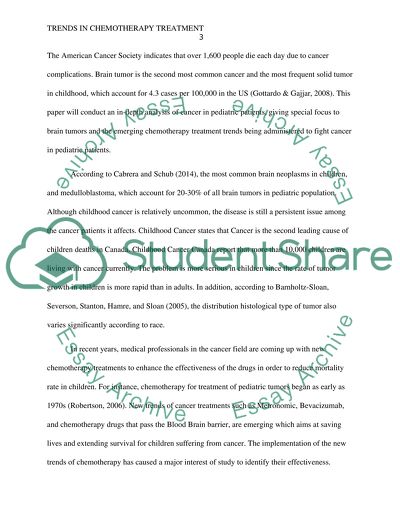Cite this document
(“Current Trends in Chemotherapy for Pediatric Brain Tumor Essay”, n.d.)
Current Trends in Chemotherapy for Pediatric Brain Tumor Essay. Retrieved from https://studentshare.org/health-sciences-medicine/1652969-current-trends-in-chemotherapy-for-pediatric-brain-tumor
Current Trends in Chemotherapy for Pediatric Brain Tumor Essay. Retrieved from https://studentshare.org/health-sciences-medicine/1652969-current-trends-in-chemotherapy-for-pediatric-brain-tumor
(Current Trends in Chemotherapy for Pediatric Brain Tumor Essay)
Current Trends in Chemotherapy for Pediatric Brain Tumor Essay. https://studentshare.org/health-sciences-medicine/1652969-current-trends-in-chemotherapy-for-pediatric-brain-tumor.
Current Trends in Chemotherapy for Pediatric Brain Tumor Essay. https://studentshare.org/health-sciences-medicine/1652969-current-trends-in-chemotherapy-for-pediatric-brain-tumor.
“Current Trends in Chemotherapy for Pediatric Brain Tumor Essay”, n.d. https://studentshare.org/health-sciences-medicine/1652969-current-trends-in-chemotherapy-for-pediatric-brain-tumor.


